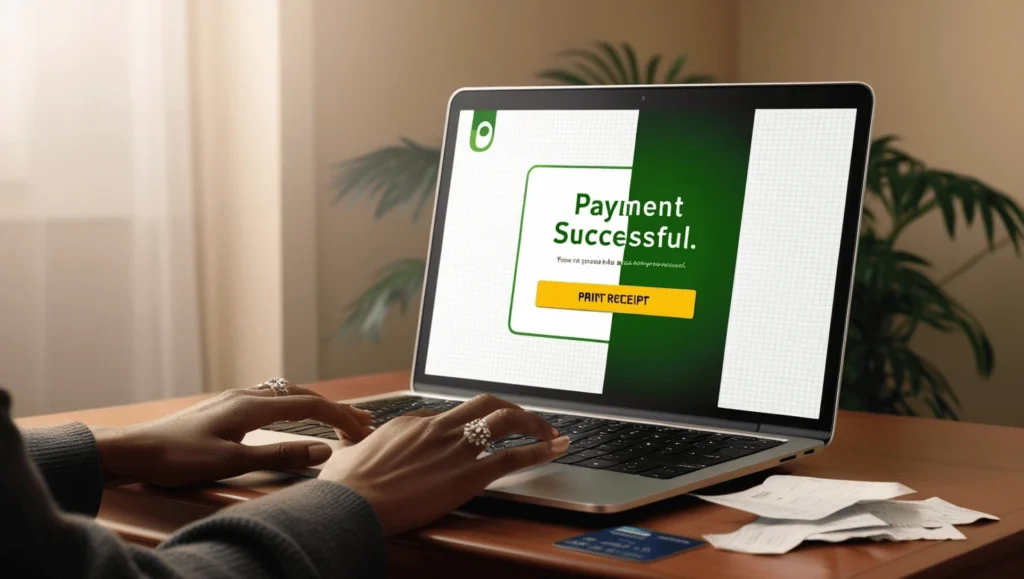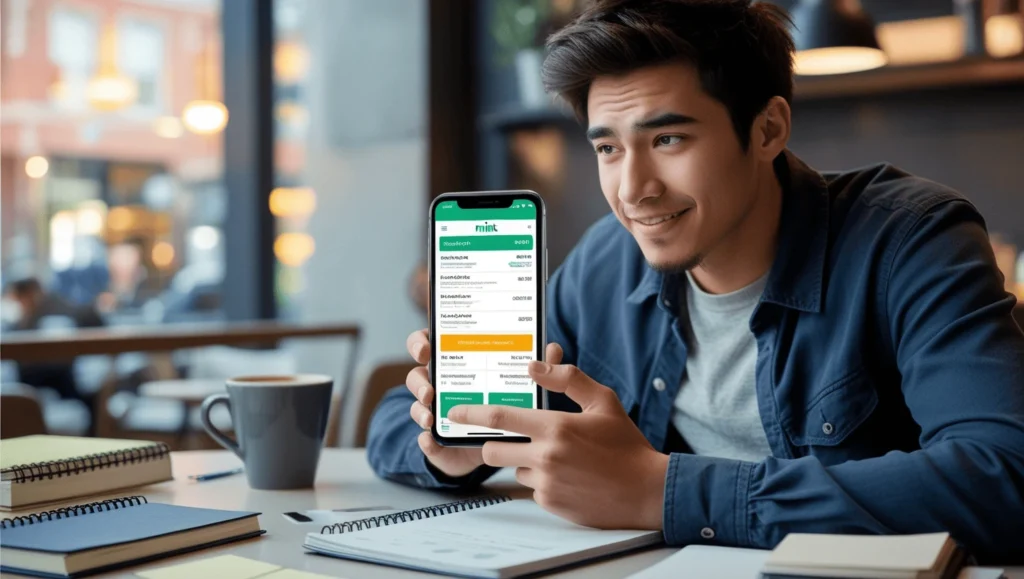Effective budgeting is essential for students who want to take control of their finances. A solid budgeting plan helps students manage their money, stay organized, and avoid financial stress. By planning ahead, students can better allocate their resources for essential expenses like rent, groceries, and transportation. Budgeting also allows students to save for future goals, such as trips or emergencies. With the right tools and strategies, students can make smarter financial decisions. In turn, this financial control reduces anxiety and sets them up for success both during and after their college years. An effective budgeting plan for students leads to greater financial stability and long-term financial well-being.
Understanding the Basics of Student Budgeting
1. What is a Student Budget?
A student budget is a plan that outlines your income and expenses over a specific period, usually monthly. It helps you track where your money goes and ensures you live within your means. By creating a student budget, you take control of your finances, making it easier to prioritize needs and save for future goals. Budgeting is essential for financial independence, as it prevents overspending and reduces the risk of accumulating unnecessary debt.
Managing money in college can be tricky, but a budgeting plan for students ensures you understand how much money you have and how much you can spend. Having a clear budget helps you make smarter choices with your money, avoid financial stress, and plan for the future. If you’re unsure where to start, you can find many resources online about building a student budget to guide you.
2. Key Categories in a Student Budget
When creating a student budget, it’s important to break down your expenses into categories. Key categories include rent, groceries, transportation, and entertainment. Rent is often your largest monthly expense, so it’s important to choose accommodations that fit within your budget. Groceries are another essential category, and with careful planning, you can save money by cooking at home rather than eating out.
Transportation costs can vary, but using public transport or carpooling is often more affordable than owning a car. Entertainment, while an important part of student life, should be budgeted carefully to avoid overspending. By setting limits for each category, you can maintain balance in your finances.
Many students make the mistake of underestimating their entertainment or food expenses, leading to budget gaps. It’s easy to overlook small purchases, but they add up over time. By tracking all expenses carefully, you can avoid these common pitfalls and stick to your budget. This proactive approach will help you manage your money better and avoid financial issues in the future.

Choosing the Right Budgeting Tools and Apps
1. Top Budgeting Apps for Students
There are several budgeting apps available that can help students manage their finances more effectively. Mint, YNAB (You Need A Budget), and GoodBudget are some of the most popular options. Each app offers unique features that cater to different needs. Mint is known for its user-friendly interface and automatic expense tracking. It links to bank accounts and credit cards, giving you a real-time view of your spending. YNAB, on the other hand, is great for students who want a more hands-on approach to budgeting. It encourages proactive budgeting and helps you assign every dollar a job. GoodBudget is a simple, envelope-based budgeting app. It allows users to plan their spending and set aside money for specific goals. These apps make it easier to track expenses and stay on top of your financial situation.
2. Setting Financial Goals with Apps
Once you’ve chosen the right budgeting app, the next step is to use it to set financial goals. Budgeting apps can help you create a clear, actionable plan for reaching your financial objectives. For example, you can set a goal to save a certain amount for a trip or pay off debt faster. Many apps allow you to set specific targets and break them down into smaller steps. This helps you stay focused and motivated as you work toward your goals. By regularly tracking your progress, you’ll be able to adjust your plan and make sure you’re on track. Whether you aim to reduce unnecessary expenses, save for a big purchase, or pay off student loans, these apps are valuable tools for creating and sticking to your financial goals. For a budgeting plan for students, these apps provide a clear, organized approach to managing your finances.
Managing Student Loans and Debt
1. Understanding Student Loan Options
When it comes to student loans, there are two main types: federal and private loans. Federal loans are offered by the government and often come with lower interest rates and more flexible repayment options. On the other hand, private loans are provided by banks or financial institutions and may have higher interest rates. These loans also tend to offer fewer repayment options. Understanding the difference between these loans is crucial for creating a solid budgeting plan for students.
Student loans can have a significant impact on your long-term finances. As you move through college and enter the workforce, the monthly loan payments can affect your overall budget. It’s important to keep track of how much you owe, your interest rates, and repayment terms. Having a clear understanding of your loans helps you plan ahead and avoid financial stress later.
2. Strategies for Paying Off Debt Early
Paying off your student loans early can save you money in the long run. One effective strategy is to prioritize debt payments. Start by focusing on loans with the highest interest rates. These loans are costing you more over time, so paying them off first can reduce your total debt more quickly.
Another strategy is to make extra payments whenever possible. Even small amounts add up over time. If you can afford to pay a little more than the minimum required, do it. The extra money will go directly toward reducing your principal balance, which will lower the interest you pay in the future.
By sticking to a plan and paying off high-interest loans first, you’ll be on your way to financial freedom. Taking control of your debt is an essential part of your overall financial journey. For more information on managing debt and creating a solid budgeting plan for students, visit reliable resources like Federal Student Aid.

Saving Money as a Student
1. Smart Saving Strategies for Students
As a student, finding ways to save money can make a huge difference in your budget. One of the best ways to save is by taking advantage of student discounts. Services like UNiDAYS, StudentBeans, and Amazon Prime Student offer exclusive discounts on everything from clothing to tech gadgets. These discounts help you get more for your money while still enjoying the things you love.
In addition to using discounts, cutting unnecessary expenses is a key part of any successful budgeting plan for students. For example, cooking at home instead of eating out can save you a lot of money. Not only is cooking more affordable, but it also allows you to control what you eat, which is healthier in the long run. Another smart move is using public transportation or walking instead of driving. This can cut down on fuel costs and parking fees, which quickly add up over time.
2. Building an Emergency Fund
Every student should have an emergency fund. Unexpected costs, like car repairs or medical expenses, can disrupt your financial plan. Having a financial cushion can give you peace of mind and prevent you from falling into debt when emergencies arise.
Building an emergency fund doesn’t need to be overwhelming. Start small. Even setting aside a few dollars a week can add up over time. Begin by tracking your expenses and identifying areas where you can cut back. Allocate any extra funds into your emergency savings. Gradually increasing your savings goal as you get more comfortable with your budget will make it easier to reach your target. With discipline and consistent effort, you can build a solid emergency fund while sticking to your student budget.
By following these smart saving strategies and prioritizing an emergency fund, you’ll be well on your way to financial stability as a student. For more tips on managing finances, check out resources on budgeting plans for students.

Building Credit and Financial Literacy
1. Using Student Credit Cards Wisely
Student credit cards can be a helpful tool for building credit, but they come with both benefits and risks. One key benefit is that using a credit card responsibly allows students to establish a positive credit history, which can be crucial for future financial goals such as renting an apartment or buying a car. However, if misused, student credit cards can lead to debt accumulation due to high-interest rates. To avoid this, students should always pay their bills on time and avoid carrying a balance. Another important tip is to keep credit utilization low—ideally under 30% of the available limit. This demonstrates to lenders that the student is responsible with credit. Additionally, students should choose credit cards with no annual fees and lower interest rates to minimize financial strain.
By making small, manageable purchases and paying them off each month, students can build their credit score over time. This responsible credit usage forms the foundation of a solid budgeting plan for students, helping them gain financial independence while avoiding costly mistakes.
2. Enhancing Financial Literacy
Financial literacy is a critical skill that can greatly impact a student’s financial future. Understanding basic financial principles, such as budgeting, saving, and investing, allows students to make informed decisions and avoid common financial pitfalls. The importance of learning these skills early on cannot be overstated. By gaining knowledge about money management, students are better prepared to handle financial challenges as they progress in life.
There are many resources available to help students enhance their financial literacy. Books like Rich Dad Poor Dad by Robert Kiyosaki and The Total Money Makeover by Dave Ramsey offer practical advice for managing finances. Podcasts such as The Dave Ramsey Show or The Financial Independence Podcast also provide valuable insights. Additionally, financial blogs and online courses can offer free guidance on topics ranging from debt management to investment strategies. These resources are essential for students to develop strong financial habits that support their budgeting plan for students.
Building financial literacy and using student credit cards wisely are key components in achieving long-term financial success. By staying informed and making smart choices, students can ensure a stable financial future while navigating the challenges of budgeting.
Conclusion
it’s important to remember the budgeting tips for students shared in this guide. Start by understanding the basics of budgeting, tracking your expenses, and using helpful tools like budgeting apps. Managing your student loans and saving money for emergencies will also pave the way for a stronger financial future. Begin building your credit responsibly, and continue to educate yourself on personal finance. The key to success is to start budgeting today. Doing so will provide you with financial stability during and after college. Take action now: Use the available budgeting tools, create a plan, and stick to it. This approach will help you stay on track and build a secure financial foundation for the years ahead. For more insights on student financial planning, check out resources on budgeting apps and managing debt.

3 thoughts on “Tips for Creating a Successful Budgeting Plan for Students”